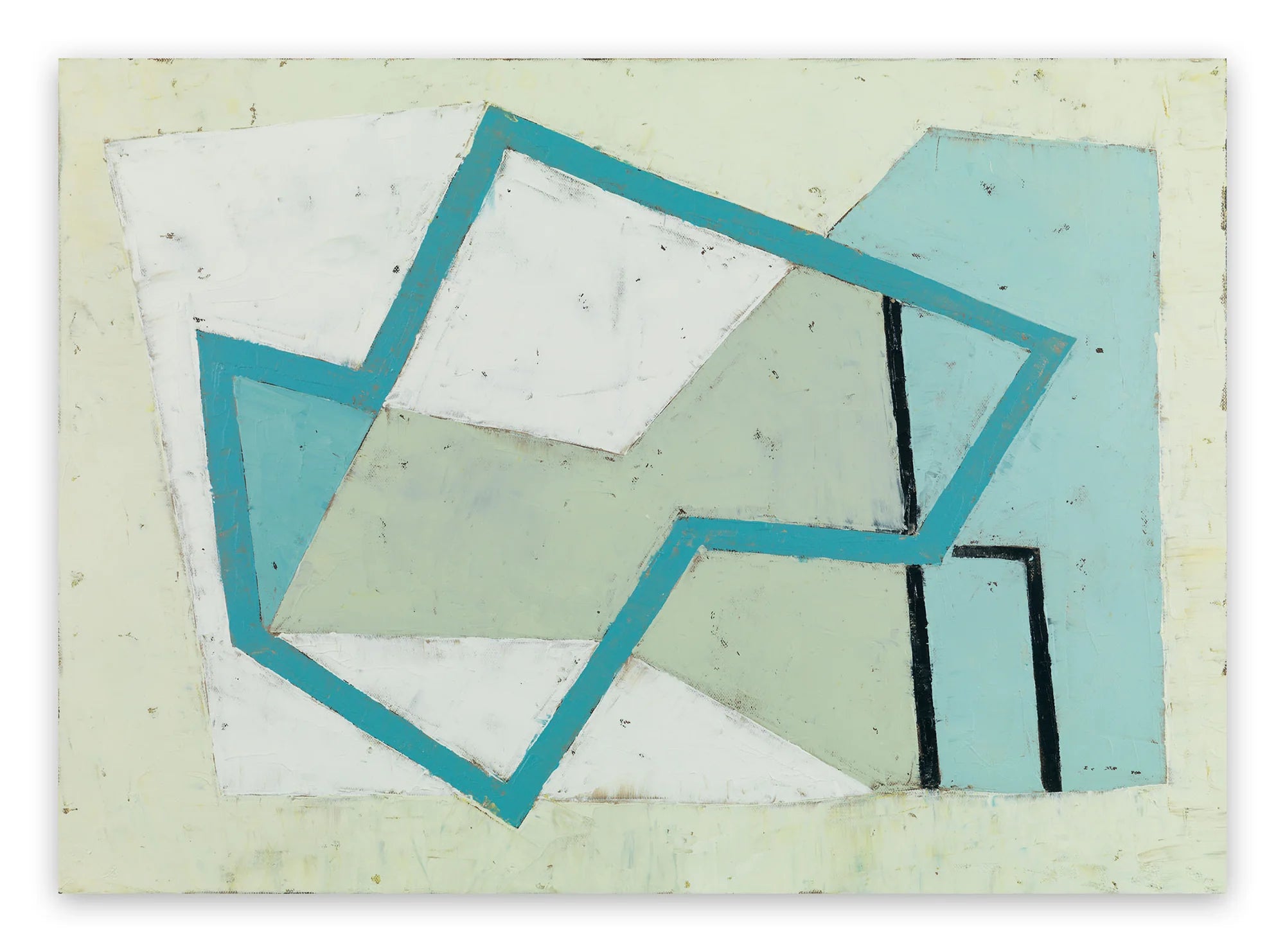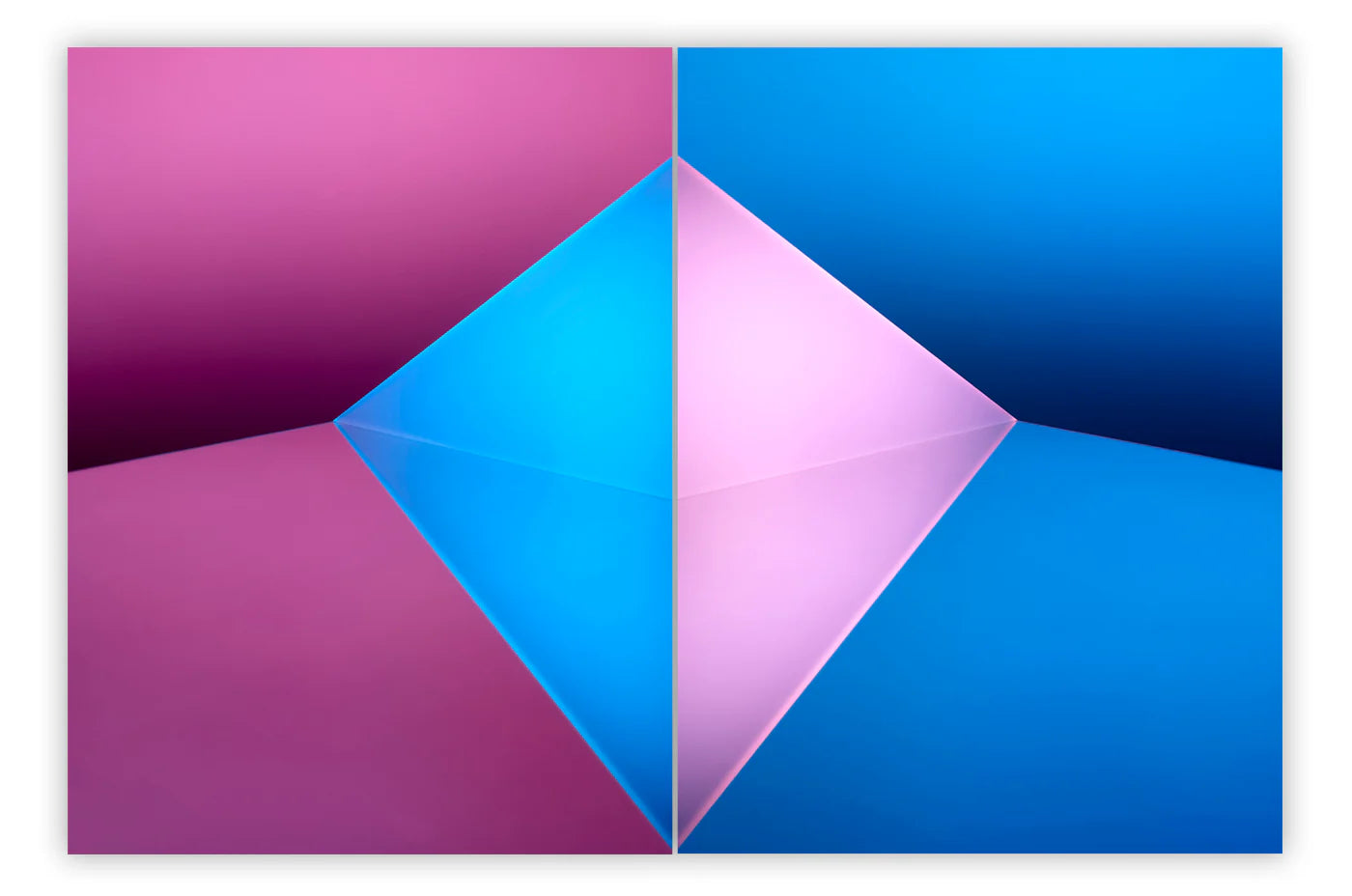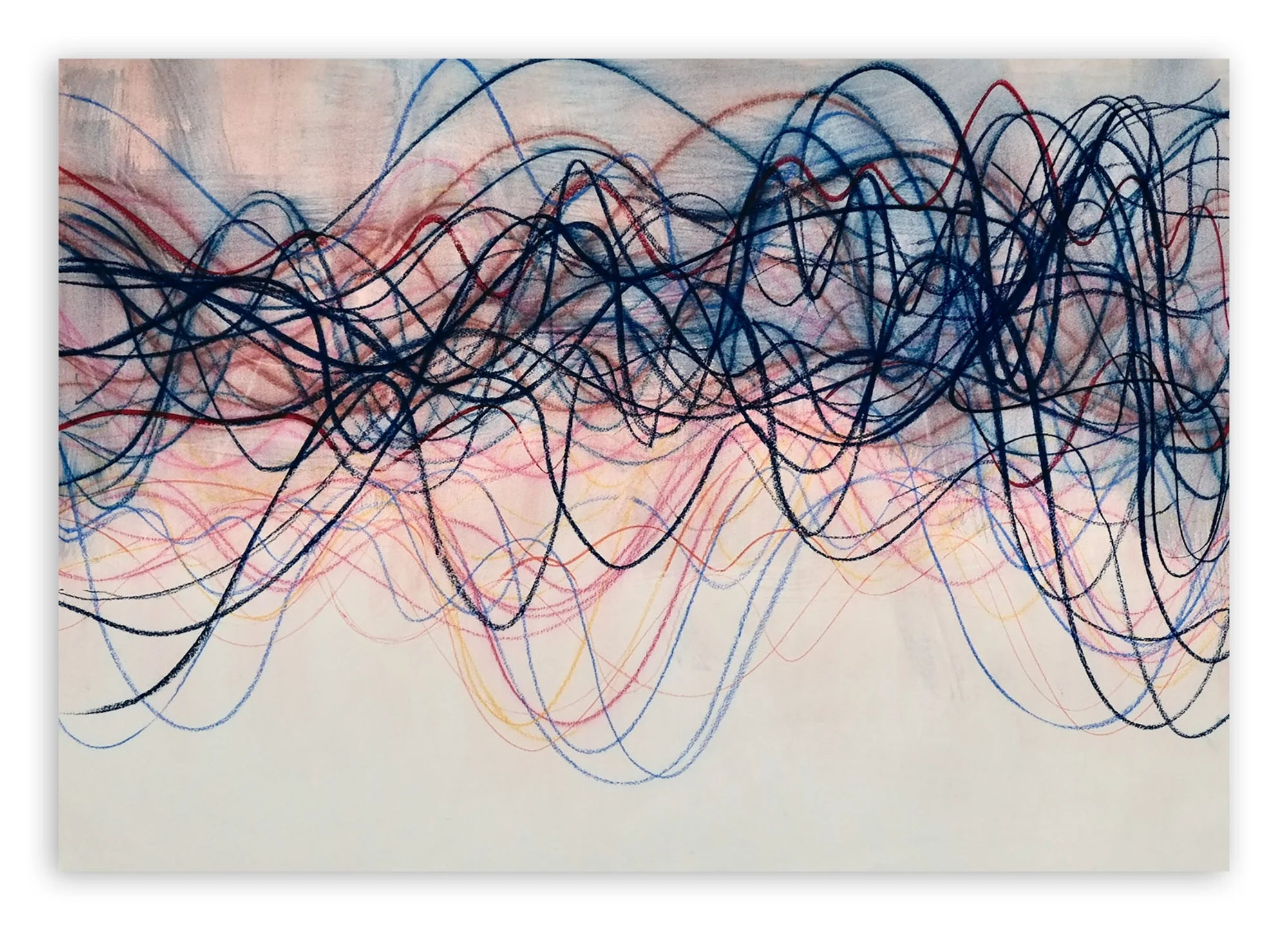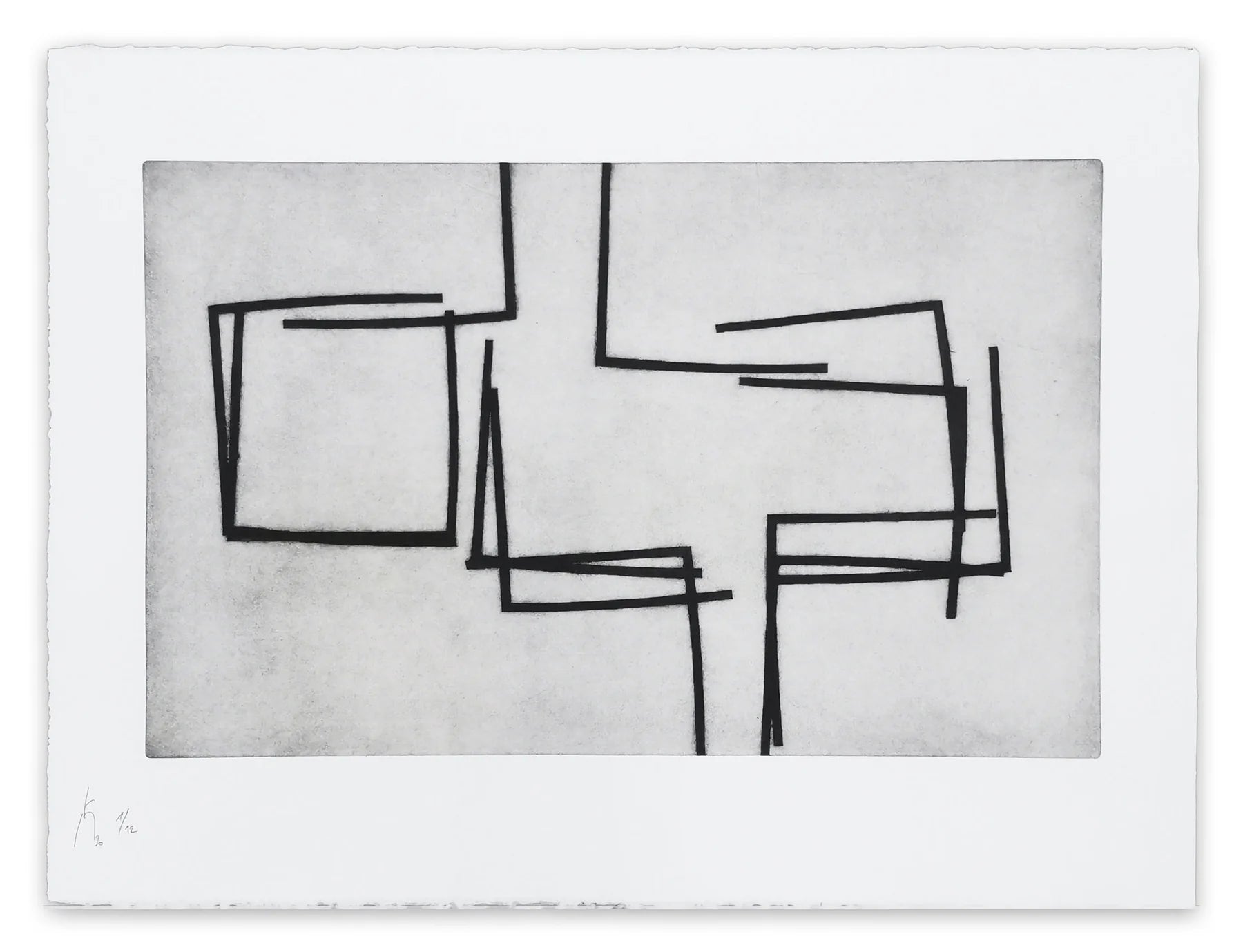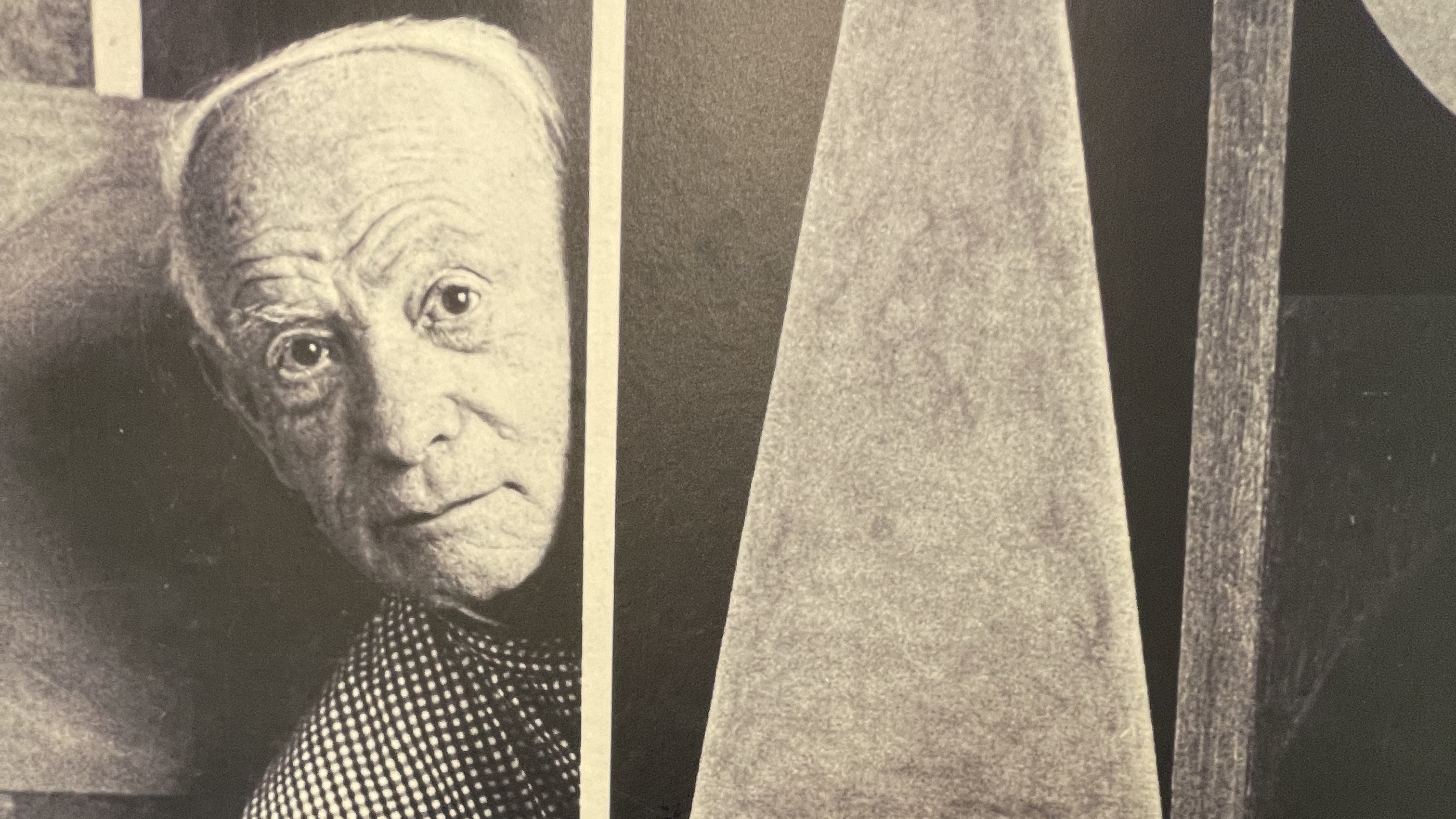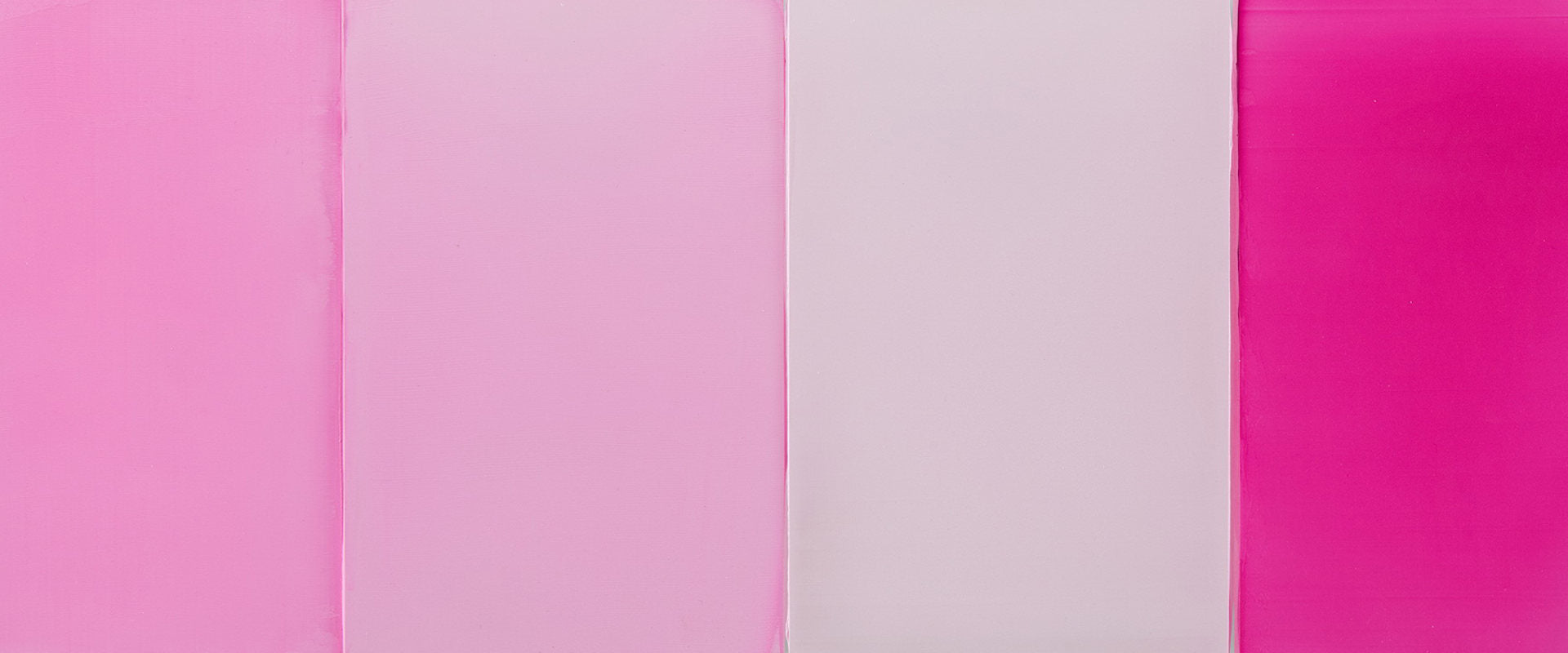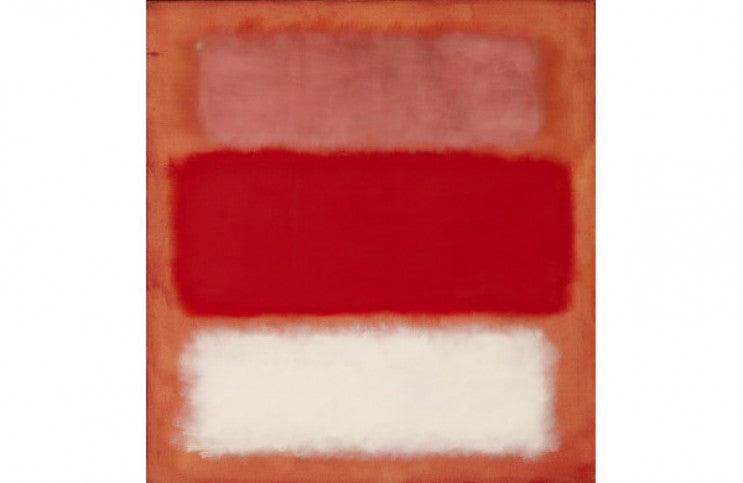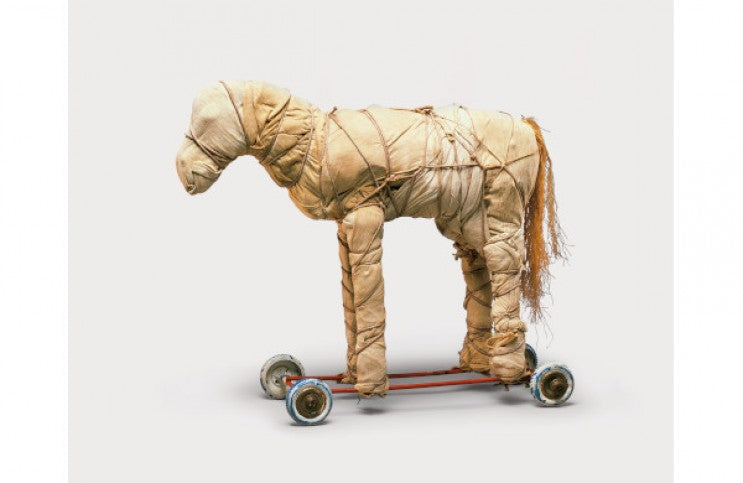
The Art of Christo and Jeanne-Claude, Monumental in Every Way
Christo and Jeanne-Claude were the kind of artists you could study your entire lifetime and never grow tired. Their life together was filled with love, art, and incredible planning: three inseparable parts. Their most well-known artworks were monumental installations in which architectural elements or parts of the natural world were wrapped in fabric. Each “wrapping” was part aesthetic phenomenon and part infusion of magic into the ordinary lives of their fellow humans. Like all magical things, their exhibitions were ephemeral, and never to be recreated. I was lucky enough to see one in person: The Gates, Central Park, New York, 1979–2005. For this installation, 7,503 steel gates were erected along 37 km of walking paths in Central Park. Each gate was five meters high, and draped with a billowing sheet of luminous, orange fabric. The installation was only open to the public for 15 days, a brief, extraordinary culmination of more than 25 years of negotiations between the artists and New York authorities. My wife Audrey and I, newly married and barely making ends meet, stretched ourselves to the limit to get to New York and spend one day ambling through The Gates. This experience alone would have been magical enough, but we were gifted with even more magic, as Christo and Jeanne-Claude themselves suddenly appeared right in front of us on our path, then just as quickly leapt into a waiting car and rode away. It felt as if an electric charge shot through everyone who shared that fleeting moment, and the memory of it has popped into my head frequently, at unexpected times. I recalled it fondly in 2009 when Jeanne-Claude died. This week, I reminisced about it again as I heard the melancholy news Christo has followed her in death. I feel lucky to have crossed paths even briefly with these artists who gave us so much. They were unique, and their disappearance leaves the world poorer.
That’s a Wrap
My experience bumping into Christo and Jeanne-Claude in Central Park was, I realize, not unusual. My artist friend Manish Nai once briefly occupied an elevator with Christo during Art Basel Hong Kong. And there are countless other such anecdotes swirling around the art field. And anyway, when it comes to these two magical artists, no coincidence of time and space could possibly top that of their own births. Christo and Jeanne-Claude were born on the same day, in the same year: Christo in Gabrovo, Kingdom of Bulgaria, and Jeanne-Claude in Casablanca, French Morocco. Another coincidence first brought Christo into the company Jeanne-Claude, when, in 1958, he was hired to paint a portrait of her mother. Ironically, one more accident of time continues to affect their work. The exhibition Christo and Jeanne-Claude, Paris!, which is intended to celebrate their experiences working in The City of Lights, was supposed to have opened at Centre Pompidou on 18 March 2020. The COVID-19 pandemic bumped the opening date back to 1 July 2020, meaning neither Christo nor Jeanne-Claude were able to experience their triumphant return to the city where they first met.
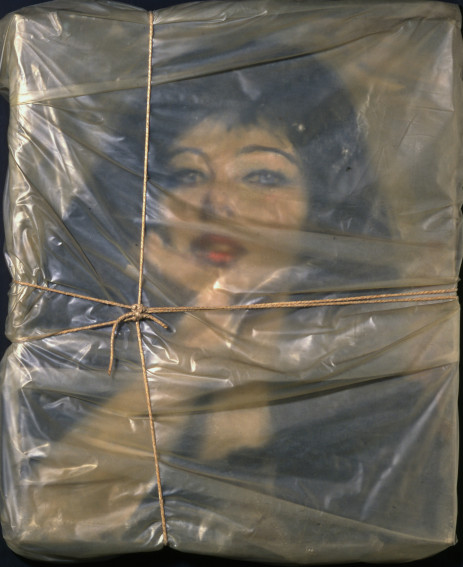
Christo and Jeanne-Claude - Portrait empaqueté de Jeanne-Claude, 1963. (Wrapped Portrait of Jeanne-Claude) Polyethylene, rope, oil on canvas signed Javacheff, mounted on painted wooden board. 78.5 x 51.1 x 5.1 cm. Collection Museum of Contemporary Art San Diego; Gift of David C. Copley Foundation, 2013.50. © Christo 1963. Photo © Christian Baur, Basel
When it does finally open, Christo and Jeanne-Claude, Paris! will look back on two rich periods in the career of this artistic duo: the years between 1958—when they met in Paris—and 1964, when they moved to New York; and the period between 1975 and 1985, during which they planned and executed Pont-Neuf Wrapped (1985), a 14-day installation for which 300 workers wrapped the Pont-Neuf bridge in Paris with 41,800 square meters of fabric. The Pompidou exhibition promises to bring new context to their entire by not only focusing on their wrapping projects, but also showing their various other two and three-dimensional works. Originally scheduled to mark the 35th anniversary of Pont-Neuf Wrapped (1985), this exhibition was also supposed to coincide with a new monumental installation: the wrapping of L’Arc de Triomphe. Strategized so that the flame of the unknown soldier that burns at the site can continue burning throughout the installation, this piece is still planned to go forward despite the death of Christo, though, because of the pandemic, it has been postponed to autumn of 2021.
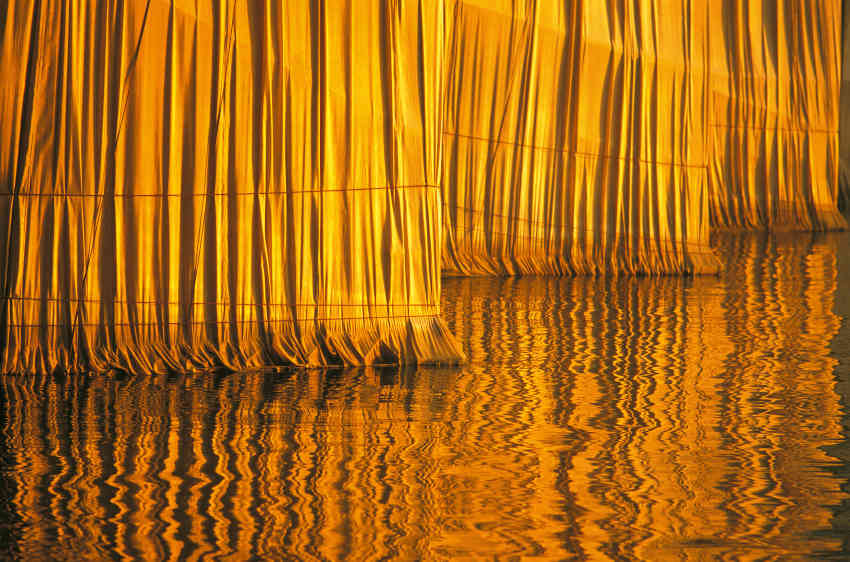
Christo and Jeanne-Claude - The Pont-Neuf Wrapped, Paris, 1975-1985. © Christo 1985. Photo © Wolfang Volz (Archives Christo)
Representing the Self
In addition to the pleasure of actually seeing a Christo and Jeanne-Claude work in person, another great way to enjoy their work is to watch the various films that have been made documenting their process. Time and again they spent years, even decades, convincing people who normally have no dealings with art or artists to believe in their projects. During these seemingly impossible negotiations, the true meaning and purpose of the work Christo and Jeanne-Claude did emerge. Think of it: not only were they trying to convince people to take a chance on something inherently abstract, but they were also trying to convince them to value something impermanent. It is a beautifully human transformation to see local residents and politicians slowly come around to see how the beauty and value of an impermanent work of art is that it carries meaning for the human condition. We are all impermanent, yet nonetheless important. Like these works, we, and all of our efforts, will eventually only exist as legend.
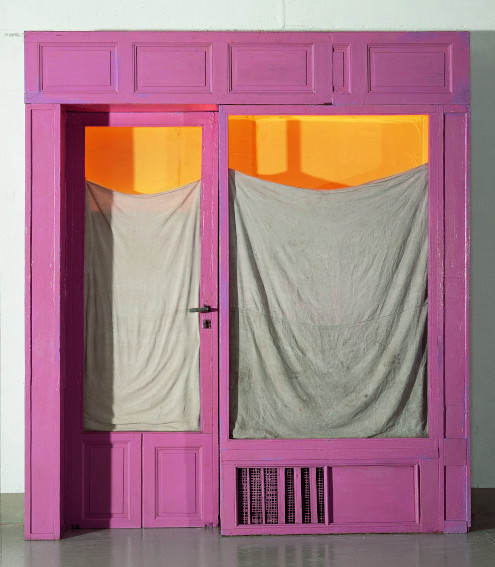
Christo and Jeanne-Claude - Purple Store Front, 1964. Wood, Plexiglas, metal, enamel paint, fabric, paper, electric light. 235 x 220 x 35.5 cm. Collection of the artist. © Christo 1964. Photo © Wolfang Volz
In addition to admiring their work, I have also always admired the fact that Christo and Jeanne-Claude self-financed their projects. They never asked for money from any municipality they worked with, instead raising their own funds by selling the preparatory drawings they created. It is as though they were a tiny artistic industry of their own creations, traveling the world, creating jobs for local craftspeople, and bringing excitement, not to mention tourism dollars, to so many different economies. Yet, unlike most industries, the business of Christo and Jeanne-Claude was completely dedicated to aesthetic joy. As Christo once said, “I make things that have no function, except maybe to make pleasure.” May their earnest efforts, and the pleasure they indeed created, live on in our hearts and our myths.
(Visit https://www.centrepompidou.fr/ to stay updated on any COVID-19 related changes to the exhibition dates for Christo and Jeanne-Claude, Paris! and the wrapping of L’Arc de Triomphe.)
Featured image: Christo and Jeanne-Claude - Petit cheval empaqueté, 1963. (Wrapped Toy Horse). Fabric, twine, rope, toy horse on wheels. 40.6 x 50.8 x 12.5 cm. The private collection of the late Jan van der Marck, USA. © Christo 1963. Photo © Dirk Bakker
All images used for illustrative purposes only
By Phillip Barcio
